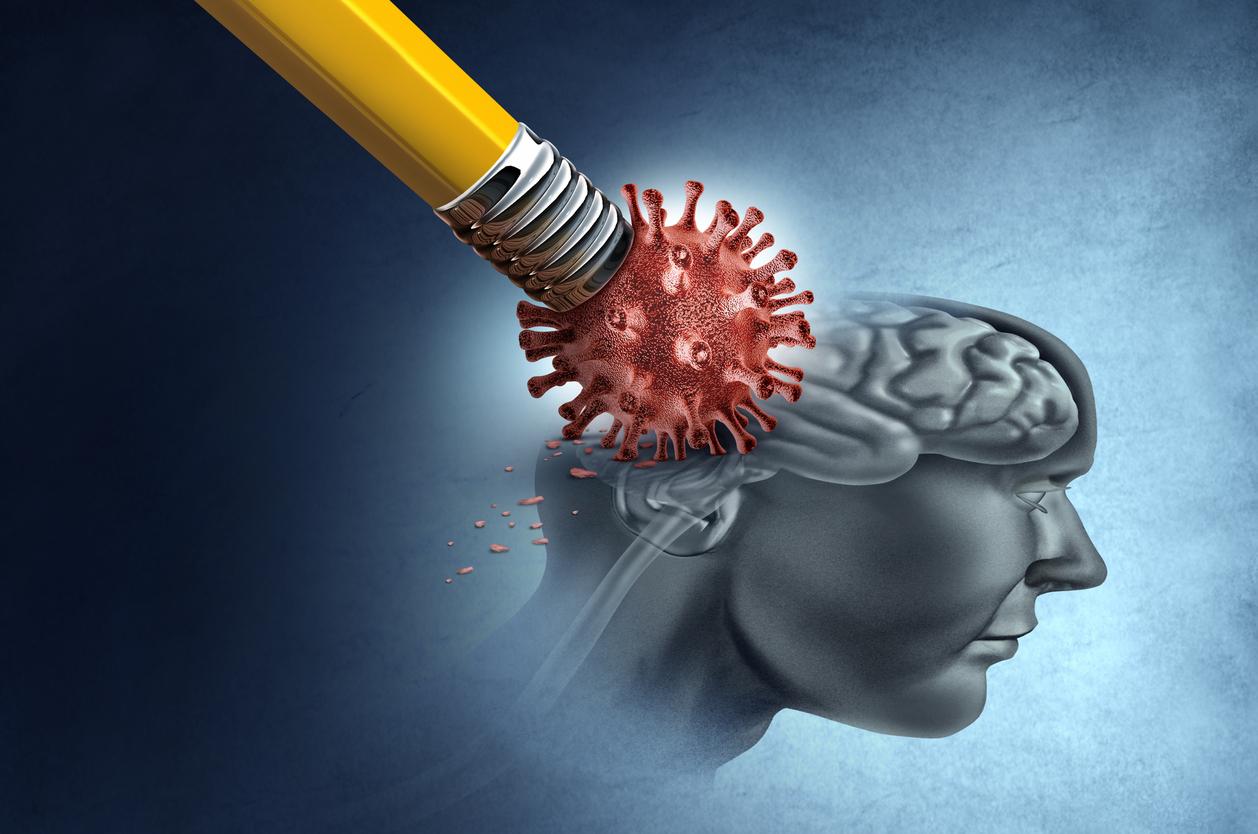In chronic sciatica, a rebellious form of sciatic nerve pain, analyzing the precise site of the neurological inflammation (root or spinal cord) by re-examining can determine which patients will benefit the most from different treatments.

Study finds, for the first time in humans, that people with chronic sciatica have signs of inflammation in key areas of the nervous system.
In an article published in the journal Bread, a research team from Massachusetts General Hospital (MGH) shows that average levels of a marker of neurologically induced inflammation are elevated in the dorsal areas of the spinal cord and nerve roots of patients with chronic sciatica.
The study also shows a clear association between the level of inflammation in the affected nerve root and the response to anti-inflammatory corticosteroid injections around that root.
Sciatica is primarily an inflammatory disease
Even if the existence of an inflammation of the nerve roots is demonstrated during the pain of acute sciatica, and that it justifies the anti-inflammatory corticosteroid injections carried out in this indication, the evidence linking neurological inflammation with pain during chronic sciatica remained limited in humans.
Several animal studies have demonstrated the involvement of inflammation in chronic pain, by activation of the immune system or glial cells (which play an important role in the nervous system), which raises the possibility that drug blockade of inflammation of neurological origin may be an appropriate treatment.
This is the case with studies which have demonstrated the activation of glial cells in the brain of patients suffering from chronic pain, but no study has so far demonstrated the existence of neurological inflammation outside the brain in patients with chronic pain. people with chronic pain.
TSOP, a marker of neurological inflammation
The present study combines traditional imaging techniques, such as MRI, with PET imaging with a radiological contrast agent that binds to TSPO, a marker of neurological inflammation. It aimed to test the hypothesis according to which chronic root damage during chronic lumbosciatica is associated with inflammatory activation of the spinal cord and nerve root, in the spaces of the spine around the spinal cord. marrow.
Study participants, 16 patients with chronic sciatica and 10 healthy volunteers (controls), had a combined MRI and PET scan that focused on the foramen, a lateral orifice in the lumbar spine through which the root emerges from the medullary canal on each floor.
Images of sections of the lower spinal cord corresponding to the emergence of nerve roots affected by sciatica were also taken in a subgroup of 18 patients (9 patients and 9 controls).
The higher TSOP in the roots of corticosteroid responders
Compared to participants in the control group, TSPO levels in patients with chronic sciatica are higher in the roots (region of the foramen) and spinal cord. The elevations associated with sciatica are indeed observed in the nerve roots on the affected side and in the corresponding spinal cord segments.
Of the 9 patients who received corticosteroid injections as part of their treatment (2 before the CT scan and 7 after), only 5 experienced significant pain relief, but these 5 relieved patients all had low levels of pain. Higher TSPO and therefore neurological inflammation in the nerve root, at the level of the foraminal region.
May issue of PAIN now online! https://t.co/tDZFJVKjtu Read the May issue of #BreadJournal, featuring #editorschoice articles on genetic risk factors for #neuropathicpain and psychological factors on #chronicpain after hysterectomy. pic.twitter.com/TGfshI5dPG
– PAIN Journal (@PAINthejournal) May 1, 2018
Identify the exact site of neurological inflammation
“The fact that patients with the highest TSPO elevations in the nerve roots benefit the most from anti-inflammatory treatment with local corticosteroid infiltration makes sense,” says one of the researchers. “For patients who have not experienced a beneficial effect after the corticosteroid injection, the source of the inflammation and pain may be elsewhere than in the nerve root: in the spinal cord or in the brain itself. same. “
If other larger studies confirm that the effectiveness of corticosteroid injections correlates with nerve root inflammation, doctors will have a way to identify patients most likely to benefit from this procedure.
For patients who do not respond to local corticosteroid injections, research to find a treatment that can treat neurological inflammation in the spinal cord is ongoing.

.

















